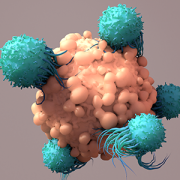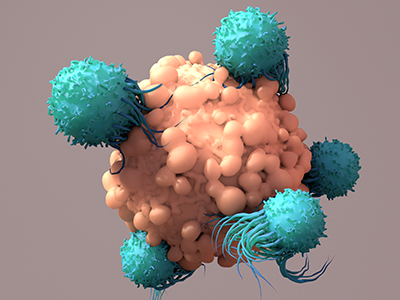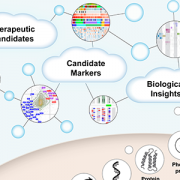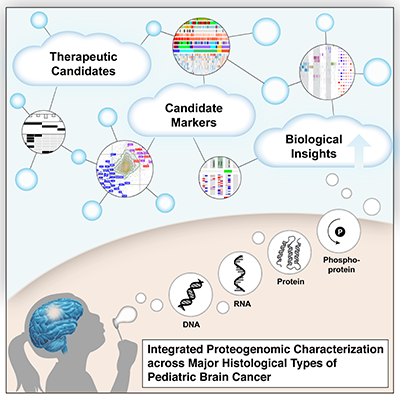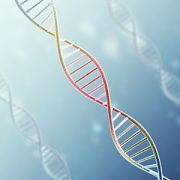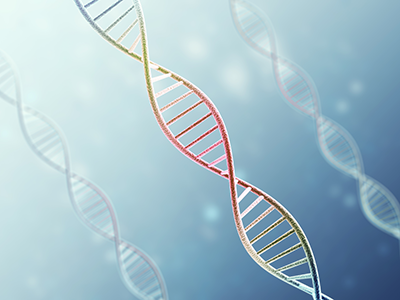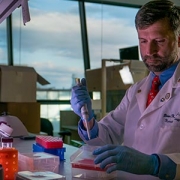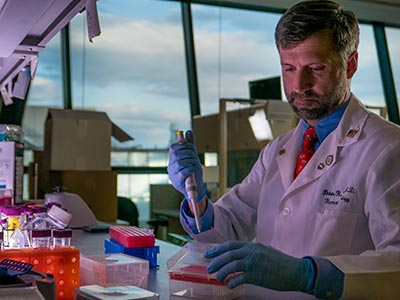Children’s National announces new professorships

Robert Keating, M.D., Brian Rood, M.D., and Catherine Bollard, M.D., M.B.Ch.B.
Children’s National Hospital named Robert Keating, M.D., as the McCullough Distinguished Professor of Neurosurgery. He serves as the chief of neurosurgery and co-director of the high-intensity focused ultrasound (HIFU) program at Children’s National.
Children’s National Hospital named Brian Rood, M.D., as the Kurt D. Newman, M.D., Professor of Neuro-Oncology. He serves as director of clinical neuro-oncology and medical director of the Brain Tumor Institute at Children’s National.
Children’s National Hospital elevated Catherine Bollard, M.D., M.B.Ch.B., to the Dr. Robert J. and Florence T. Bosworth Distinguished Professor of Cancer and Transplantation Biology Research. She is the Interim Executive Vice President and Chief Academic Officer and Interim Director, Children’s National Research Institute. She also serves as the director of the Center for Cancer and Immunology Research and director of the Program for Cell Enhancement and Technologies for Immunotherapy at Children’s National.
About the awards
Professorships at Children’s National support groundbreaking work on behalf of children and their families and foster new discoveries and innovations in pediatric medicine. These appointments carry prestige and honor that reflect the recipient’s achievements and donor’s forethought to advance and sustain knowledge. Children’s National is grateful for its generous donors, who have funded 47 professorships.
Dr. Keating is a longstanding leader in neurosurgery research and care. His areas of expertise include brain tumors, traumatic brain injuries, craniofacial anomalies, Chiari malformations and spinal dysraphism. With Dr. Keating’s leadership, the neurosurgery department is pioneering innovations such as HIFU, a non-invasive therapy using focused ultrasound waves to ablate a focal area of tissue. It can treat tumors located in difficult locations of the brain, movement disorders and epilepsy. Children’s National was one of the first pediatric hospitals in the nation to use HIFU for neuro-oncology patients.
“Our goal is to elevate our top-ranked program to even greater heights,” says Dr. Keating. “We will continue to use cutting-edge technology and non-invasive approaches to make the knife obsolete in pediatric neurosurgery and improve outcomes for children.”
Dr. Rood studies the biology of pediatric brain tumors. He focuses on protein signatures and biomarkers specific to different types of brain cancers. His study of neoantigens is informing the development of T-cell immunotherapies to target a tumor’s unique proteins.
“Immunotherapy is revolutionizing how we treat childhood brain tumors — safely, effectively and with the precision made possible by using a patient’s own cells,” says Dr. Rood. “This professorship enables our team to advance this revolution, which will save lives and improve lifetimes.”
Dr. Bollard received the Dr. Robert J. and Florence T. Bosworth Professor of Cancer and Transplantation Biology Research in 2018 to support her work to develop cell and gene therapies for patients with cancer and underlying immune deficiencies. Her professorship has been elevated to a distinguished professorship to amplify her research and celebrate her accomplishments in the field of immunotherapy.
About the donor
These appointments were made possible through an extraordinary $96 million investment from an anonymous donor family for rare pediatric brain tumor research and care. It is one of the hospital’s largest donations and will transform the hospital’s ability to give patients with rare brain cancer a better chance at healthy lifetimes.
The anonymous family brings a depth of compassion for children facing rare and often challenging diagnoses. Their partnership will immediately advance every aspect of our globally recognized leadership to create new, more effective treatments.
Their investment also endowed the Professorship in Molecular Neuropathology. We look forward to bestowing that honor on a Children’s National pediatric leader.



